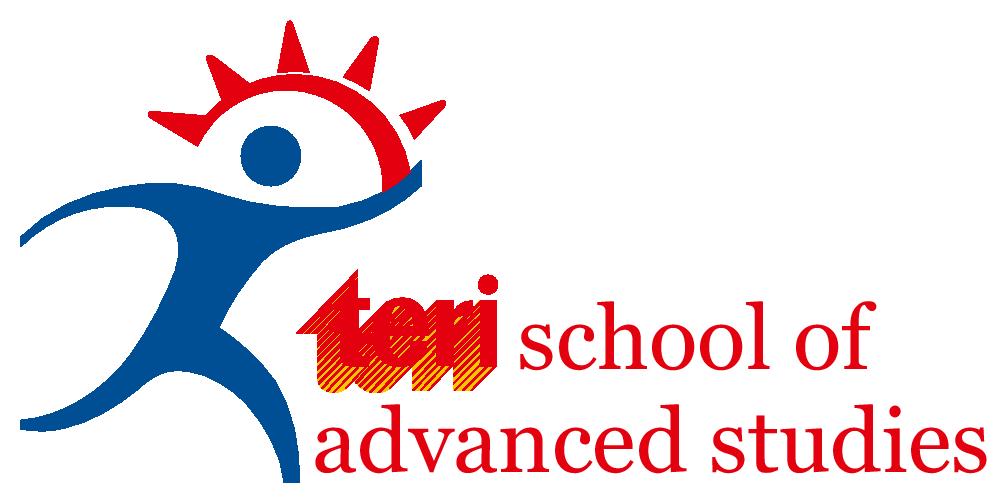Location: Kharagpur (West Bengal)
Pilot Leaders: TU Delft/IITKGP
Pilot Status: In operation.
Water challenges in this location: As IIT Kharagpur is located in a water stressed area, there is no provision of septage management that exist in India and sludge form the septic tank is haphazardly discharged on ground creating a source for surface and groundwater contamination. This proposed technology once successfully demonstrated, shall offer a hygienic solution to the septage management and can be replicated for upliftment of the living condition of the people.
Benefits of the technology: The technology will deliver a solution towards sludge management by lowering the residual organic matter in the sludge, decreasing the pathogen content and reducing the bulking of sludge by destroying filamentous microorganisms. Further, this technology is also expected to reduce refractory organics and potentially organic micropollutants in the treated effluent, such as healthcare products and this would reduce the risk of bio assimilation while reusing treated water. Ultrasonic pre-treatment of sludge will provide better disintegration of sludge which can be further used in anaerobic digestion for enhanced biodegradability and recovery of methane or VFA. An existing sludge digester of 2 cubic metres capacity (demonstrated in Saraswati project earlier) will be used for methane recovery from the disintegrated sludge1. Combined with the acidifying digester and the production of photoheterotrophic biomass, we expect the ultrasound disintegration and disinfection will give boost to the utilization potential of municipal sewage sludge.
Potential for India: Effluent decontamination and management, as well as sewage and bio-sludge management, are increasingly in demand due to India’s rapid industrial progress and population rise. The emergence of persistent pollutants in the sewage stream is a serious concern in the Indian context. Additionally, groundwater contamination of partially/untreated sludge and sewage also diminishes the arable land capacity in the locality. Treatment schemes have to be integrated with the treatment of the xenobiotic compounds in addendum to the conventional treatment of sewage/sludge. Therefore, this technology has a great potential to help solving those water challenges across India.
Scope for replication/up scaling across India: The proposed device is designed using easily sourced, tried and tested technology components. Device fabrication, both for pilot plant and for industrial scale, uses indigenously available techniques and equipment. Thus, the potential for cost savings for India is significant, compared to sourcing intellectual property, technology and equipment from overseas for sludge management and decontamination plants, as well as potentially waste-water recovery plants.
Main outcomes:
- The disinfected sludge can be applied as soil conditioner
- Ultrasonicated sludge can also be added as a co-substrate in the anaerobic digestion



